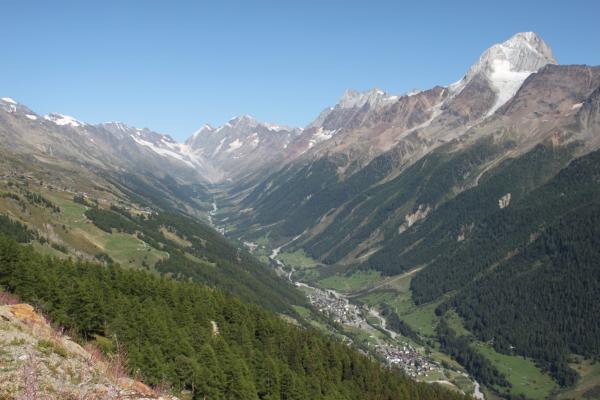Glacier Collapse in Swiss Alps Highlights Dangers of Climate-Driven Instability

On May 28, 2025, a catastrophic landslide obliterated approximately 90% of the Swiss Alpine village of Blatten in the Lötschental valley. The disaster was triggered by the collapse of the Birch Glacier, which unleashed millions of tons of rock, ice, and mud down the mountainside, burying homes and infrastructure. Fortunately, authorities had evacuated around 300 residents and their livestock earlier in May, averting a greater loss of life. However, a 64-year-old man remains missing, and search efforts have been suspended due to ongoing instability in the area.
The collapse has intensified scrutiny of the impacts of climate change on glacial stability.
In an interview with The Associated Press, The Ohio State University's Earth Sciences Professor Lonnie Thompson, a Senior Research Scientist at the Byrd Center's Ice Core Paleoclimatology research group and a world-renowned glaciologist and paleoclimatologist, emphasized the growing risks of melting glaciers. He highlighted that many glaciers are already on an irreversible path to melting due to existing climate conditions.
"It's amazing sometimes how rapidly they can collapse," Thompson noted. "The instability of these glaciers is a real and growing problem, and there are thousands and thousands of people that are at risk."
In the case of the Birch Glacier in Switzerland, melting mountain permafrost destabilized the rock face above the glacier, precipitating its collapse. Debris from previous rockfalls had insulated the glacier, slowing its melting, but the added weight ultimately accelerated its movement a few weeks ago. This sequence of events highlights the complex interplay between climate change and geological processes.
This event is a stark reminder of the tangible consequences of climate change, particularly in alpine regions where communities are increasingly vulnerable to glacial hazards.
This summary is for educational purposes based on Tammy Webber's article "Swiss glacier collapse renews focus on risks of climate change as glaciers retreat around the world," published by The Associated Press on May 29, 2025.
